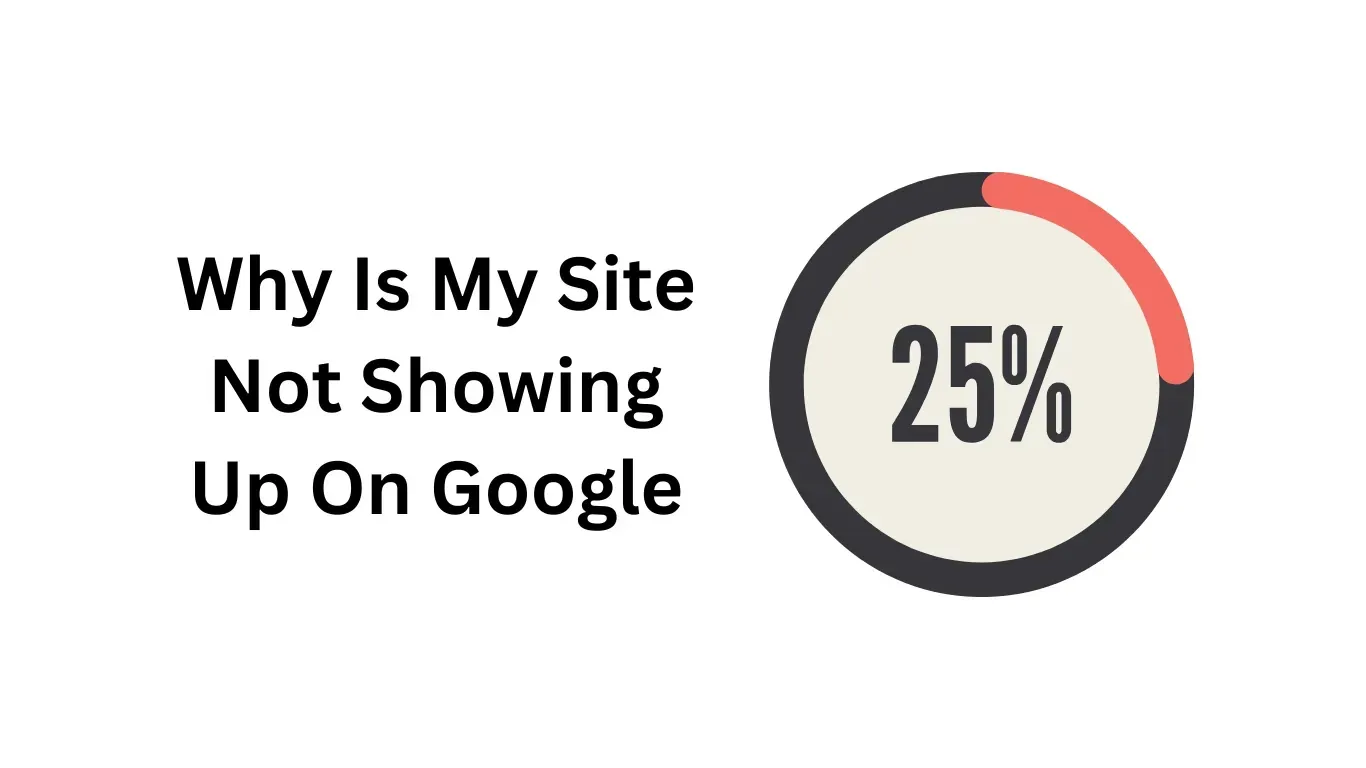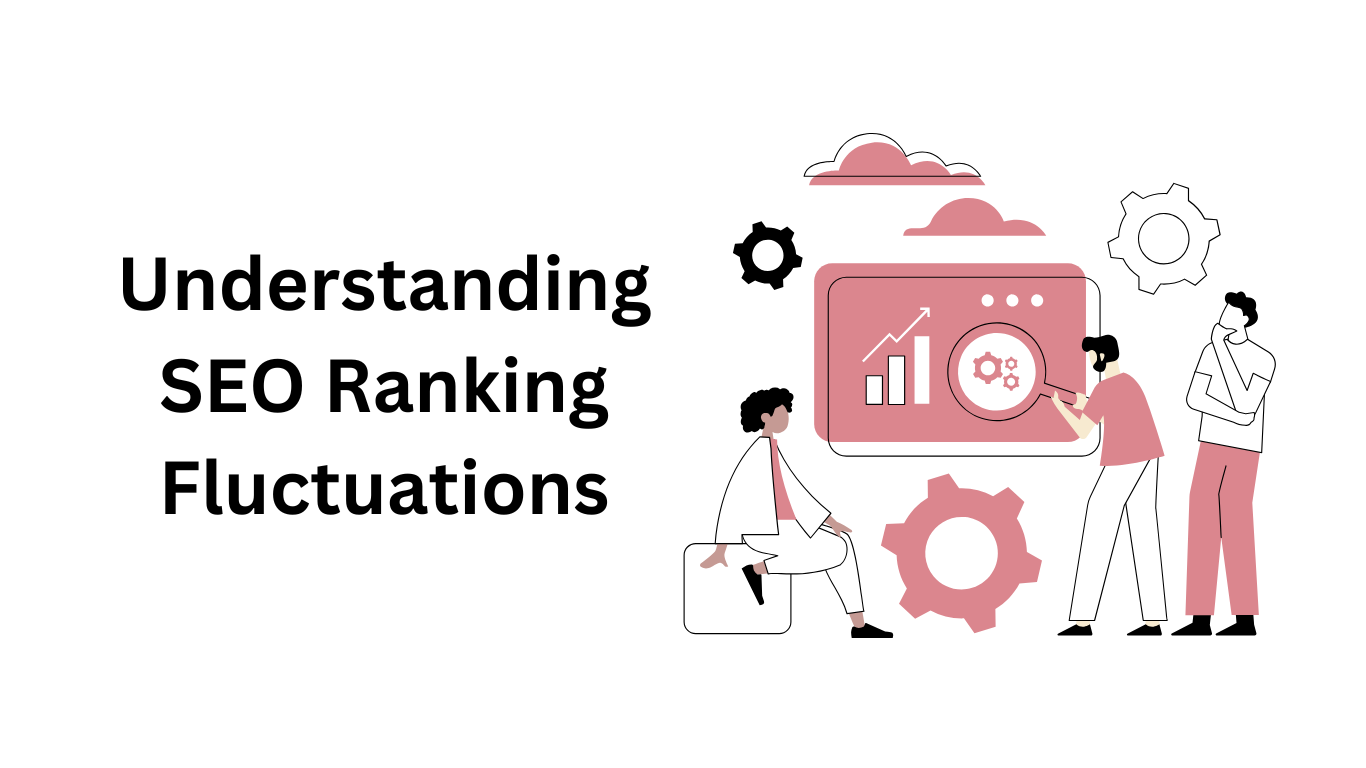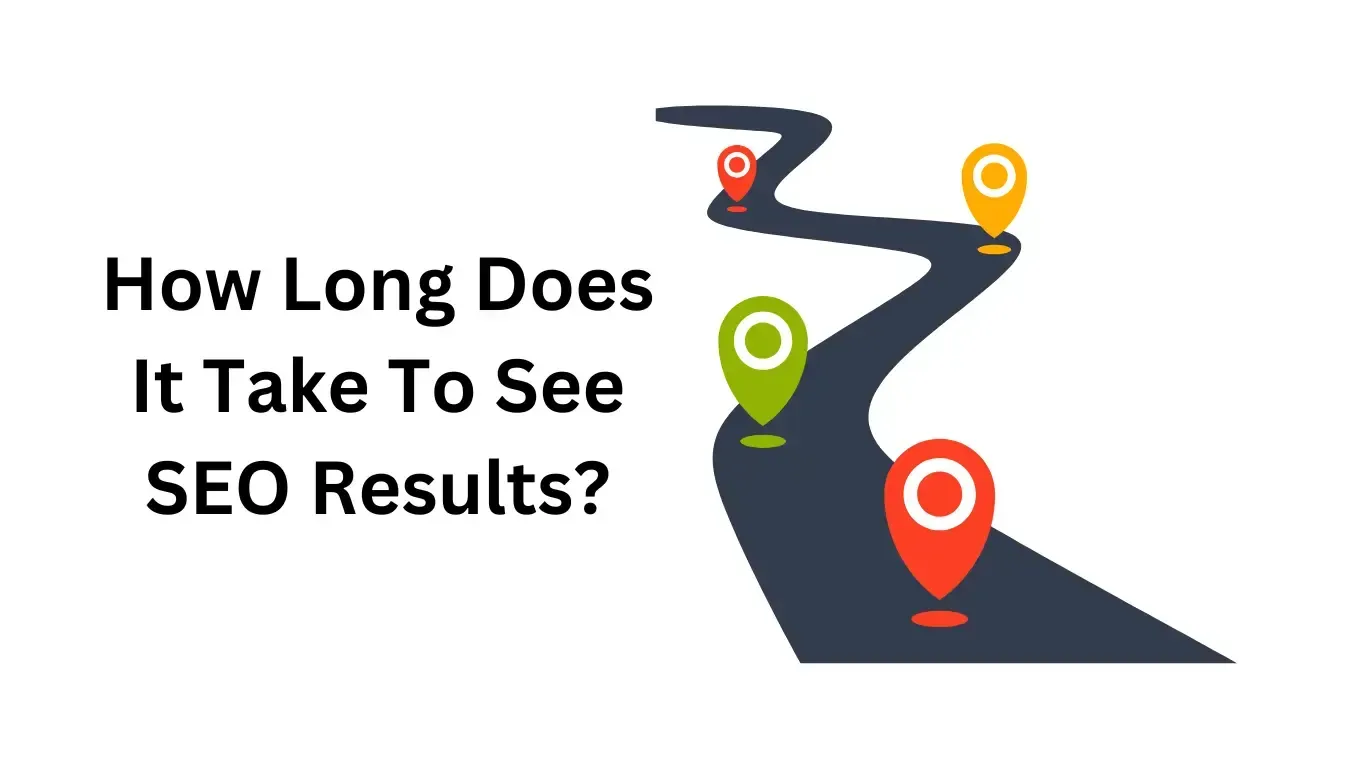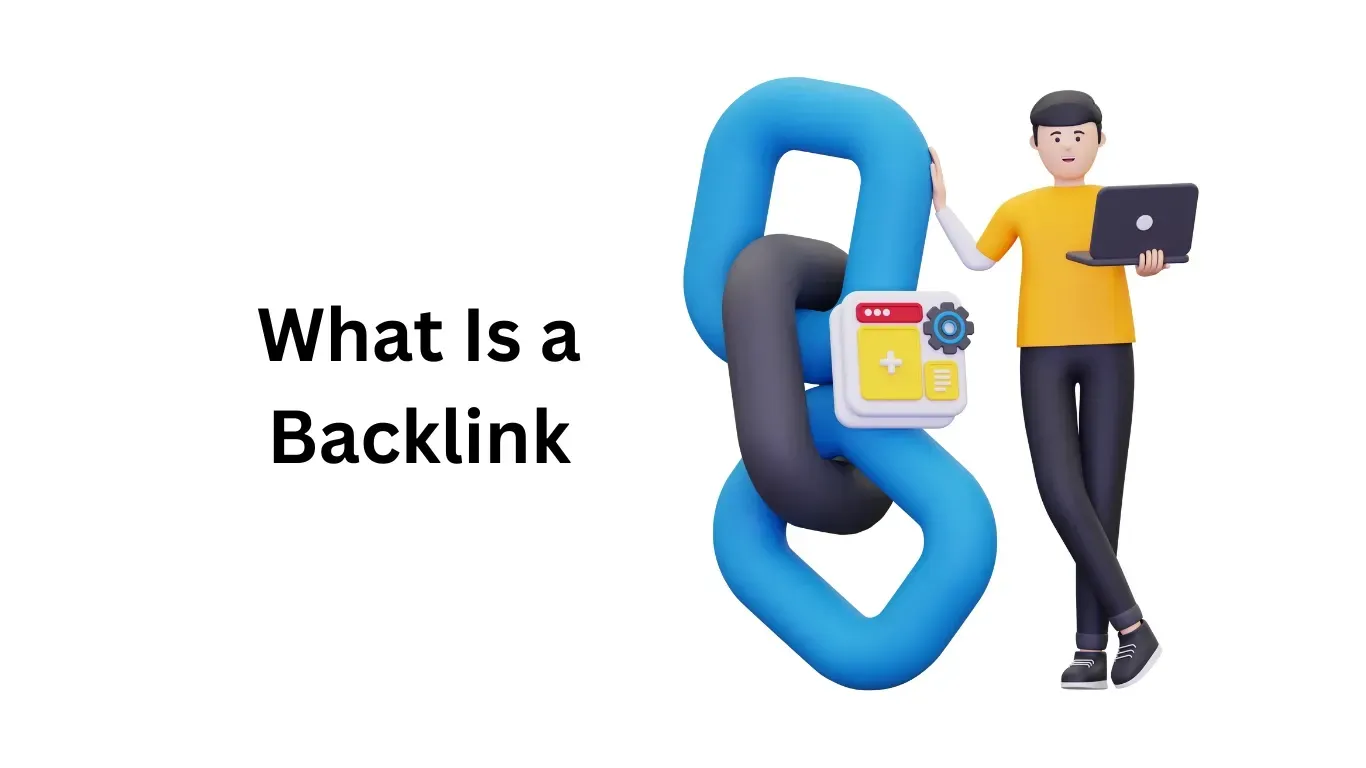The Role of Infographics in SEO Strategy
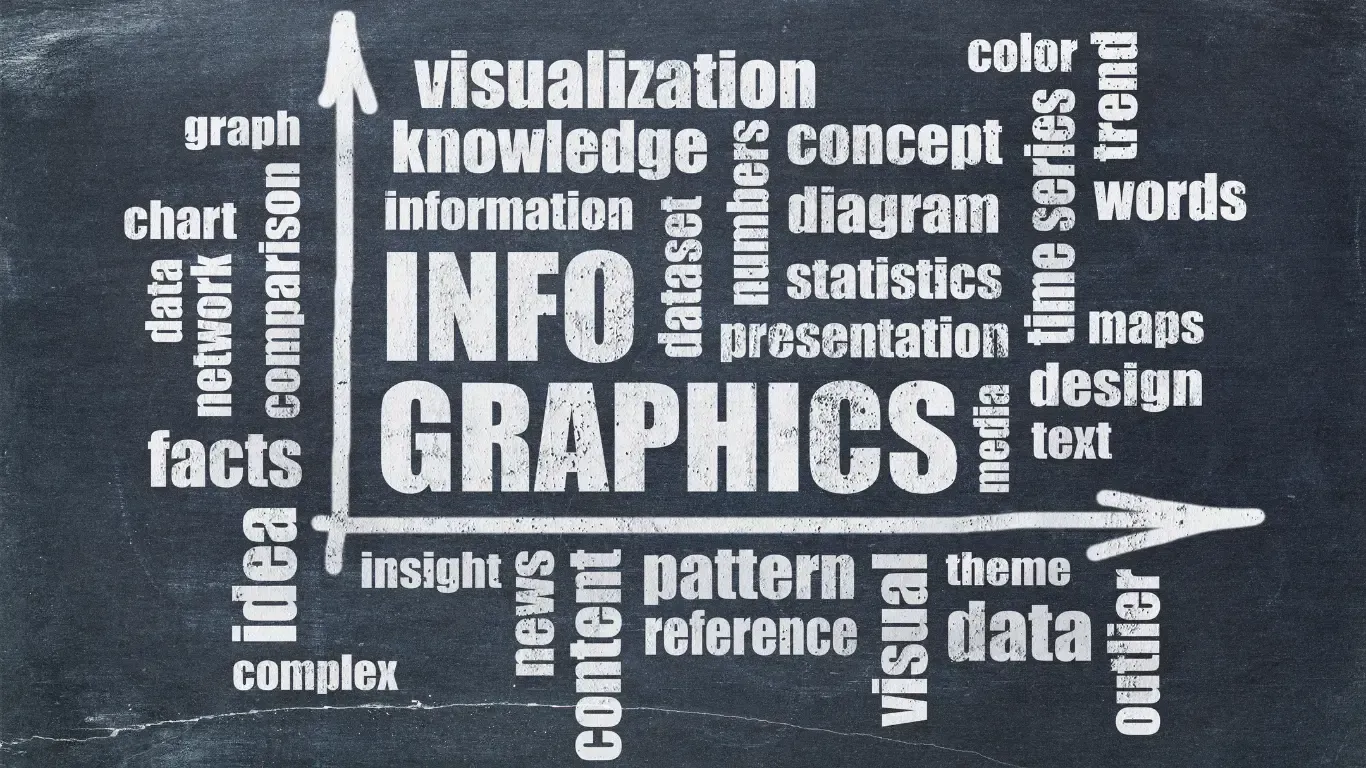
The Role of Infographics in SEO Strategy
When it comes to digital marketing and strategy, capturing and maintaining an audience’s attention is more challenging than ever before. With so much content available online, businesses strive to stand out. The SEO Infographics strategy has emerged as a powerful tool to convey information quickly and effectively. Now, this type of strategy has been around for some time but continues to play a powerful role. That said, the question remains if infographics are still relevant, and do they play a crucial role in a successful SEO strategy? Well, that is what we are going to go over today. Alterior Digital explores these questions, highlighting why infographics in SEO strategy continue to be essential in digital marketing, so let’s get on with it.
The Relevance of Infographics in SEO Strategy
Infographics have long been valued for their ability to simplify complex data, making it accessible and engaging for a broad audience. But beyond their aesthetic appeal, infographics serve a strategic purpose in digital marketing, particularly in enhancing SEO efforts.
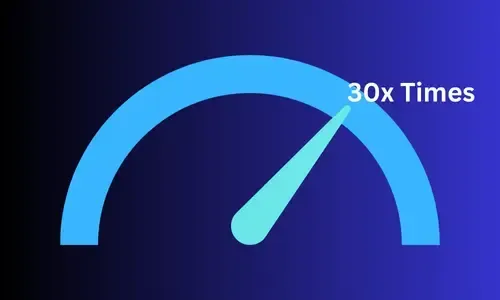
Infographics are 30 times more likely to be read than text-only articles. This high engagement rate makes them invaluable tools for capturing attention in a crowded digital landscape.
Infographics not only engage users but also improve SEO performance. Incorporating infographics in SEO strategy can generate high-quality backlinks. Infographics often go viral due to their visual appeal and shareability, leading to organic traffic spikes. With each share, more opportunities for backlinks arise, contributing to better search rankings.
We believe that infographics remain relevant due to their unique combination of visuals and text, which makes them highly engaging and shareable. If you do PowerPoint presentations, then you are doing infographics in some fashion. The level of engagement directly impacts key SEO metrics, such as time on page and bounce rates, which are critical for improving search engine rankings. If you’ve been keeping up with us, you already know Google does not like websites with high bounce rates. So, leveraging the natural shareability of infographics in SEO strategy, businesses can ensure their content reaches a broader audience, driving more organic traffic back to their websites.
Here are some quick points as to why infographics are still relevant to use:
- Visual Appeal: Infographics are designed to be visually captivating, making it easier for users to absorb and retain information. A well-designed infographic can transform dry, dense data into something that feels approachable and engaging, increasing the likelihood that viewers will share it.
- Versatility: They can be utilized across various digital platforms, including websites, blogs, and social media, ensuring consistent brand messaging. They can be repurposed as standalone content, part of larger reports, or even used in presentations, making them one of the most adaptable formats available.
- Information Retention: Infographics make it easier for users to grasp and remember the information provided. This makes infographics in SEO strategy a powerful tool for increasing content retention, especially in a world where information overload is common.
Integrating Infographics into Your SEO Strategy

To fully leverage the benefits of infographics in SEO strategy, it's essential to integrate them effectively into your overall approach. Infographics not only support your content marketing efforts but also contribute directly to improved search engine performance. Incorporating infographics within blog posts, articles, and social media campaigns can be a strategic move to keep content fresh, engaging, and shareable across multiple platforms.
Infographics work best when aligned with broader SEO goals. This means they should be crafted with clear objectives in mind, such as targeting specific keywords or topics that align with your audience’s search behavior. For example, infographics embedded within high-performing blog posts can increase time on page, a key SEO metric that signals to search engines that your content is valuable.
SEO Optimization of Infographics
Optimizing infographics in your SEO strategy involves several steps to ensure they contribute effectively to your site’s rankings. This includes not only focusing on the visual appeal but also ensuring that search engines can crawl and index the infographic properly.
Here are some quick pointers:
- Keyword Integration: Include relevant keywords like "infographics in SEO strategy" in the file name, alt text, and description to enhance visibility in image searches. Alt text plays a dual role: it improves accessibility for visually impaired users and helps search engines understand what the image is about. Yes, this helps with the SERPs.
- Mobile Responsiveness: Ensure that infographics are designed to be mobile-friendly, as a significant portion of web traffic comes from mobile devices. Well, that actually depends on the industry you are in, but for the most part, mobile comes first. It is essential that infographics are easy to view and interact with on smaller screens. A mobile-optimized infographic also improves user experience and reduces bounce rates, both of which impact SEO rankings.
- Loading Speed: Optimize the file size to maintain quality while ensuring quick loading times, which is essential for both user experience and SEO. Large files can slow down page load times, leading to higher bounce rates. So what do you need to do? Easy, just Google “Convert to WebP” and you will get a ton of free resources to use. Here is a blog where we go into detail -> How to Optimize Images for SEO
By following these optimization practices, your infographics SEO strategy will not only engage users but also contribute to your site's search engine performance. Optimizing for speed and accessibility ensures your infographic works on all platforms and devices, providing a seamless experience for every visitor.
Promoting Infographics for Maximum Reach
The effectiveness of an infographic in boosting SEO is not just in its creation but also in how well it is promoted. Effective promotion increases visibility and encourages sharing, which can lead to valuable backlinks and increased site traffic. Infographics that are widely shared on social media platforms and other blogs generate more organic visibility, which in turn helps improve your site’s overall ranking.
Promotion also involves strategic placement of infographics in high-traffic areas, such as blogs, landing pages, and social media feeds. By positioning infographics in content that is already performing well, you can amplify their impact and increase engagement.
- Social Media Sharing: Leverage social media platforms to share infographics. Including share buttons directly on the infographic encourages users to distribute it across their networks. Infographics are particularly suited for platforms like Pinterest and Instagram, where visually driven content tends to perform best.
- Embed Codes: Providing easy-to-use embed codes allows other sites to share your infographics while linking back to your original content. This strategy not only boosts your SEO but also extends your content’s reach.
Measuring the Success of Your Infographics
To understand the impact of your infographics in SEO strategy, it’s important to regularly measure their performance. This will help you refine your approach and improve the effectiveness of future infographics. Ongoing analysis allows you to identify which types of infographics resonate most with your audience and which channels drive the most traffic and backlinks.
- Traffic Analysis: Utilize tools like Google Analytics to monitor key metrics, including referral traffic and time spent on pages featuring infographics. These insights can help you determine whether your infographic strategy is effective or needs adjustment.
- Backlink Monitoring: Track the number of backlinks generated by your infographics using tools like Ahrefs or SEMrush, providing insight into their contribution to your site's authority.
Tips for Creating Effective Infographics
Creating infographics that captivate your audience and boost your SEO efforts is both an art and a science. To help you craft visuals that stand out and drive results, we've put together some key tips that will elevate your infographic game. Let's dive into the essentials that will make your infographics shine and work harder for your SEO strategy.
Focus on Quality
Your infographic is a direct reflection of your brand, so make it count! Imagine your infographic as a visual ambassador for your company. A professionally designed, visually striking infographic doesn't just catch the eye - it builds trust and credibility. This positive association can work wonders for your reputation and, in turn, your SEO efforts. Remember, in the world of infographics, first impressions matter. So, invest the time and resources to create something that truly represents the best of your brand.
Keep it Simple
Less is often more. Think of your infographic as a highlight reel of your most important information. Your goal is to communicate complex ideas in a way that's easy to grasp at a glance. Resist the temptation to cram in every bit of data you have. Instead, focus on the key points that will resonate most with your audience. Use clear, concise language and impactful visuals to tell your story. A clean, straightforward infographic is more likely to be shared, understood, and remembered, which are all wins for your SEO strategy.
Include a Call-to-Action (CTA)
Your infographic shouldn't be the end of the journey - it should be the beginning! Think of your CTA as an invitation to your audience to engage further with your brand. Whether you're encouraging them to share the infographic, visit your website, or sign up for a newsletter, a well-crafted CTA can turn passive viewers into active participants. Place your CTA strategically within the infographic, making it clear and compelling. The more your infographic is shared and linked, the more SEO juice it generates. A strong CTA can be the catalyst that turns your infographic from a static image into a powerful tool for driving traffic, engagement, and ultimately, improving your search engine rankings.
The Strategic Value of Infographics in SEO
In conclusion, infographics are not just a visually appealing addition to your content; they are a strategic asset that can significantly enhance your SEO efforts. By improving engagement, increasing shareability, and generating valuable backlinks, infographics play a vital role in driving your site’s search engine performance.
The hope now is that we provided sufficient information and emphasize some points over again, so you get an understanding of what is important. If you are a business owner and you are seeking to collaborate with a transparent company that will help boost your organic traffic, then Alterior Digital could be the right fit. We recommend you start with getting a free SEO Audit and we can go from. Alright, till next post.
More Tips, Tricks & Tools
Copyright 2024 Alterior Digital

